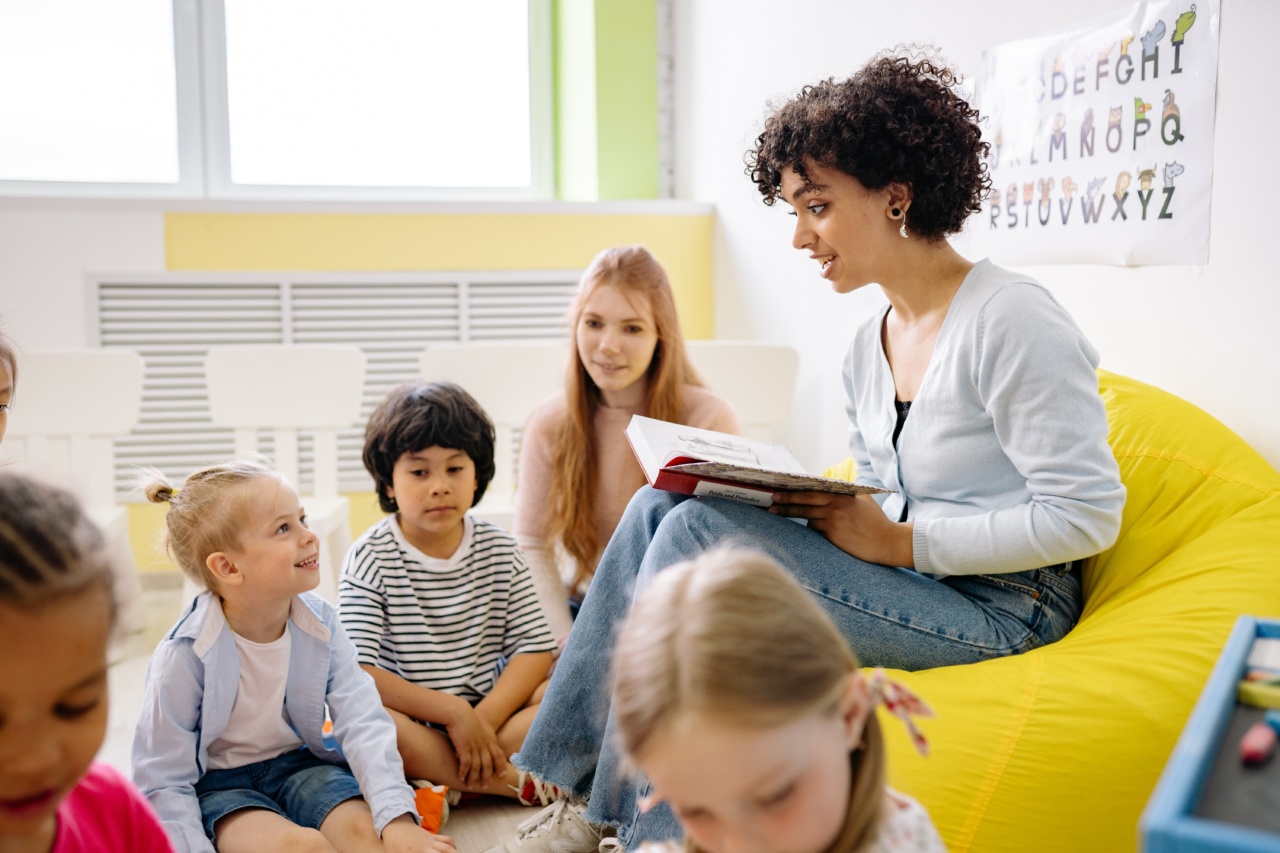The process of learning begins from the moment a child is born. As the child grows, they learn to do things on their own by exploring everything around them, interacting with people, and trying things out.
One crucial aspect of learning for children is handling. Handling is a broad term that refers to the child’s ability to manage objects, people, and situations.
Why is handling important?
Handling is an important life skill that children start to develop from infancy. Handling skills can help children to develop their fine and gross motor skills, which are essential for their overall development.
Being able to handle objects, for instance, can help children to develop and strengthen their hand and finger muscles, which are vital for writing, drawing, and other creative activities.
Moreover, handling skills can help children develop their coordination and balance. For instance, learning to walk and run involves mastering the art of handling your body weight and balance.
Thus, learning to handle different objects and situations helps children build their overall coordination and balance.
Developing handling skills
The process of developing handling skills is gradual and takes time. Children have to go through a series of phases to develop their handling skills, and parents and caregivers have a crucial role in helping children achieve this milestone.
Phase 1: Exploratory phase (birth-1 year)
The exploratory phase is the initial stage in which the child is learning to explore everything around them. At this stage, the child’s senses are heightened, and they are eager to touch and feel everything they come across.
During this phase, parents and caregivers need to provide a safe environment for the child to explore and learn with minimal interference.
One of the critical things parents and caregivers can do during this phase is to provide a safe space for the child to move around and play.
Parents need to ensure that the child’s environment is free from hazards such as sharp objects or chemicals that could harm the child.
Phase 2: Learning to manipulate objects (1-2 years)
The next phase involves the child learning to manipulate different objects. During this phase, the child is learning to stack blocks, hold utensils, and play with toys.
Parents and caregivers can help the child develop their handling skills by providing a variety of objects to manipulate, such as soft toys, puzzles, and play dough.
It’s important to encourage the child to use both hands to manipulate objects. This helps to develop hand-eye coordination and promote bilateral brain development.
Phase 3: Developing fine motor skills (2-3 years)
This phase involves the child developing more refined and delicate handling skills, such as using a pencil or crayon to draw or write.
During this phase, parents and caregivers can help the child develop their fine motor skills by providing opportunities to practice cutting, pasting, and drawing.
It’s important to encourage the child to use both hands to perform activities such as cutting, drawing, and writing. This helps to develop hand-eye coordination and promote bilateral brain development.
Parents should also provide a comfortable environment for the child to practice and avoid criticizing or pushing the child to do things beyond their ability.
Phase 4: Developing gross motor skills (3-4 years)
The final phase involves the child developing larger movement handling skills, such as running, jumping, and throwing.
During this phase, parents and caregivers can provide opportunities for the child to engage in physical activities such as outdoor play, sports, or dance.
It’s important to encourage the child to move all parts of their body, such as their arms, legs, hands, and feet. This helps to develop gross motor skills and promotes overall body coordination.
Helping your child learn handling skills
Parents and caregivers play a crucial role in helping children learn handling skills. Here are some tips to help your child develop their handling skills:.
Provide a safe environment
Ensure that the child’s environment is free from hazards that could harm them, such as sharp objects, chemicals, or loose wires. Provide a safe space for the child to play and explore without interfering with their curiosity.
Provide a variety of objects to manipulate
Provide a range of objects with different shapes, sizes, and textures to help the child develop their handling skills. This can include soft toys, blocks, puzzles, and play dough.
Encourage bilateral brain development
Encourage the child to use both hands when engaging in activities such as drawing, writing, or playing with toys. This promotes bilateral brain development and helps to develop hand-eye coordination.
Provide opportunities for physical activity
Encourage the child to engage in physical activities such as running, jumping, and throwing. This helps to develop gross motor skills and promotes overall body coordination.
Conclusion
Handling skills are essential for a child’s overall development. Developing handling skills takes time and involves going through different phases, from exploratory to gross motor skills development.
Parents and caregivers have a vital role in helping children develop their handling skills by providing a safe environment, a variety of objects to manipulate, and opportunities for physical activity. With time, consistent practice, and support from parents and caregivers, children can develop excellent handling skills that will help them in their academic, social, and personal life.































